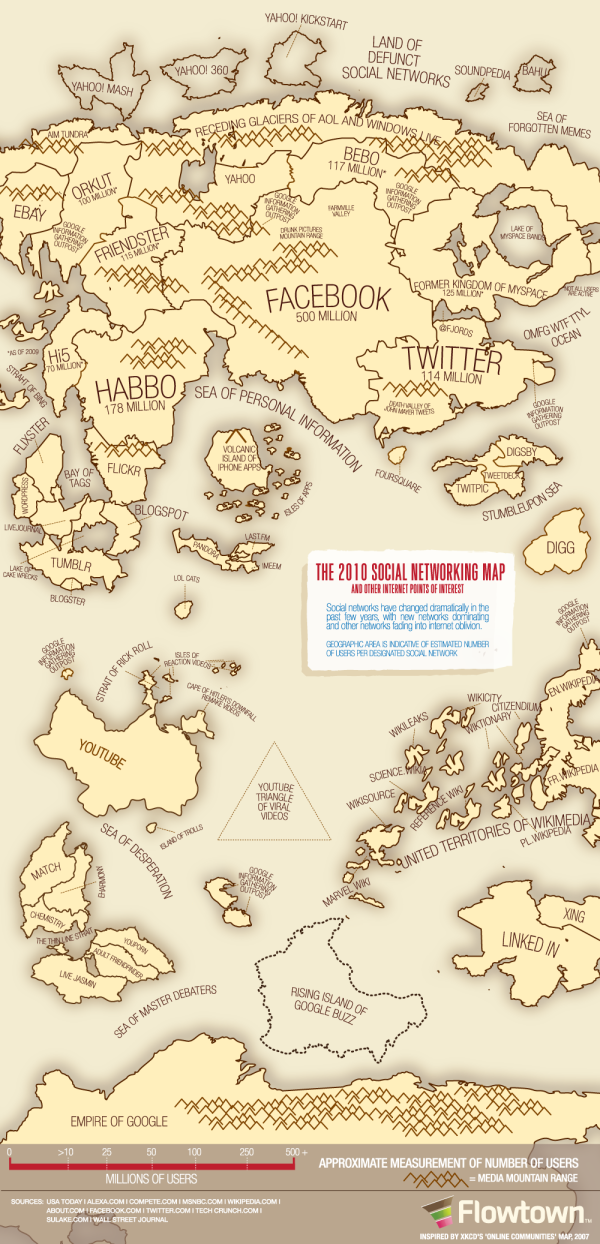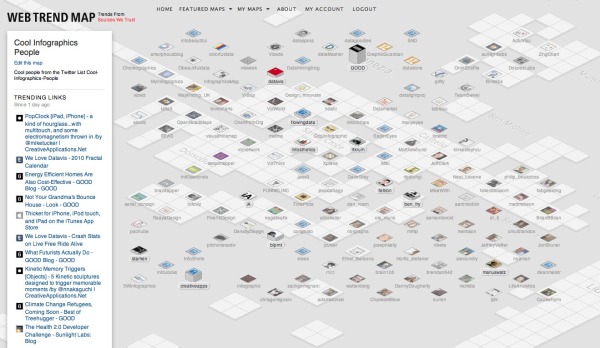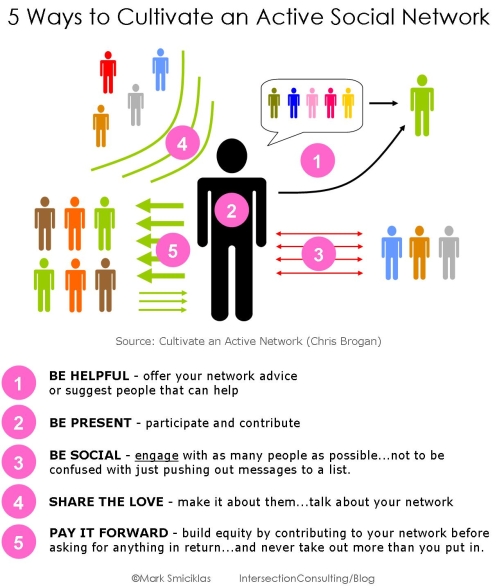FarmVille vs. Real Farms infographic
Designed by Shane Snow (@shanesnow) for Mashable.com, FarmVille vs. Real Farms takes a look at how the statistics behind the FarmVille phenomenon on Facebook compares to real world statistics about farming.
With all those millions of Facebook and iPhone users tending to virtual crops and sharing them with friends, have you ever wondered how their toils stack up against actual real-life farmers?
How does our output of digital (and decidedly less tasty) tomatoes compare with our worldwide production of real tomatoes? And perhaps most importantly, who are these casual croppers, and are they anything like their plow-toting counterparts?
We broke it down by the numbers and put some of these FarmVille trends in perspective for you.
Found on VizWorld
 Facebook,
Facebook,  comparison,
comparison,  design,
design,  internet,
internet,  web
web 






















